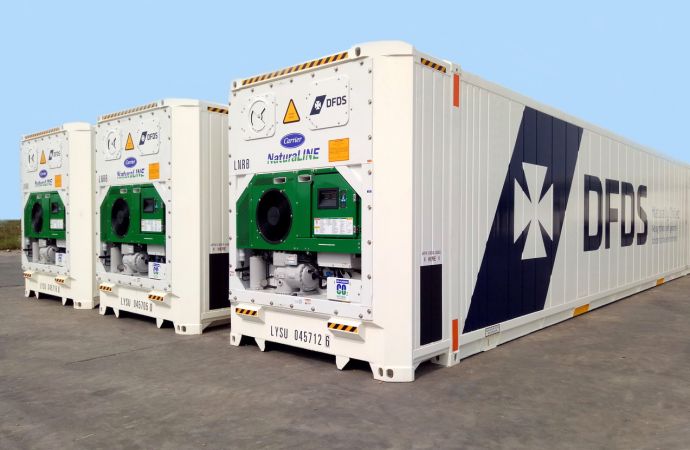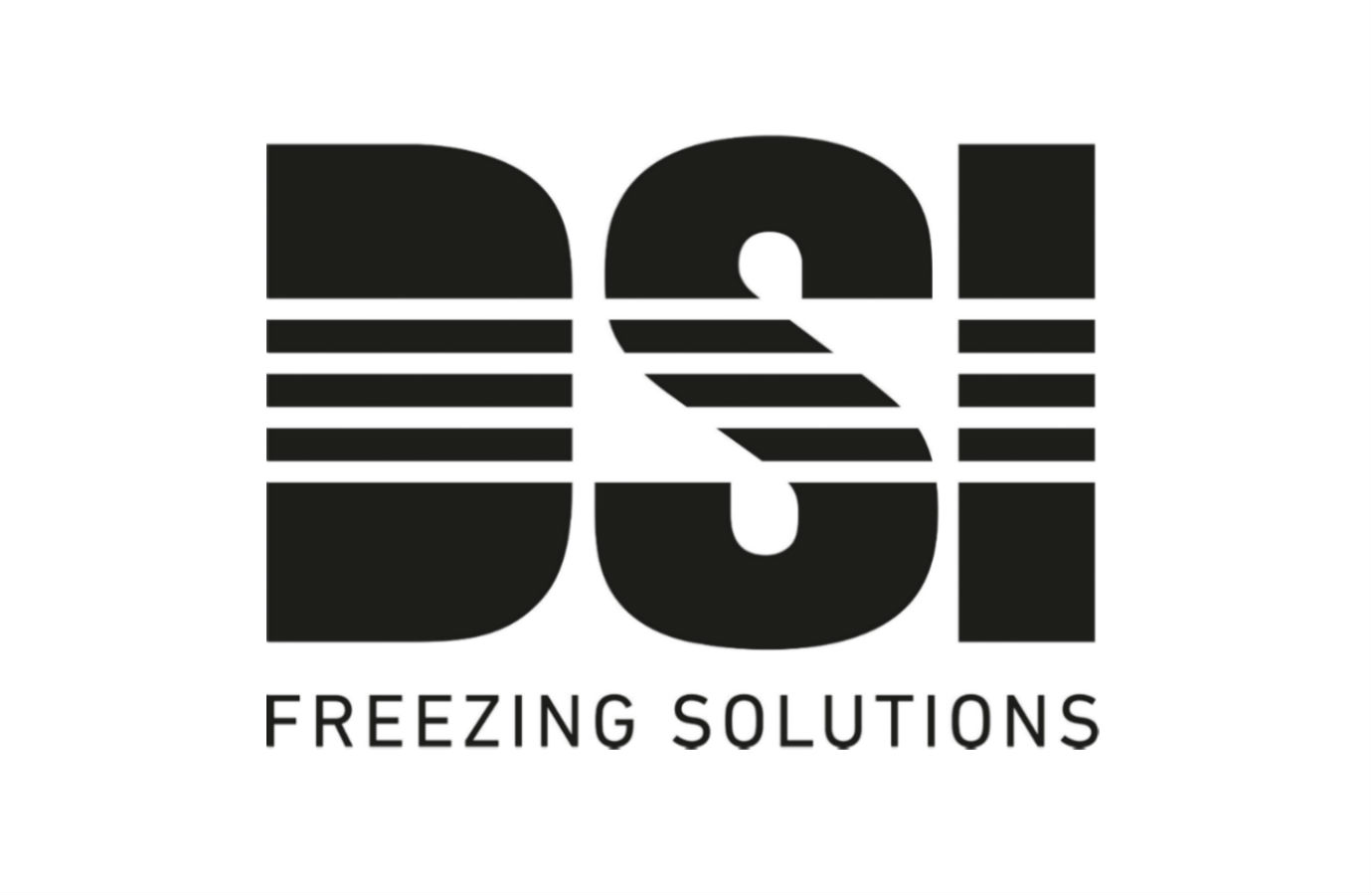Hurtigruten’s cruise liners allow tourists to discover the landscapes of Norway, as well as experience natural phenomena such as the northern lights and the midnight sun. However, like all transport and tourist activities, Hurtigruten’s operations have a direct influence on the environment. The company’s environmental policy therefore has an important role to play, and as part of their sustainability practices, Hurtigruten’s terminal in Bergen uses the natural refri

The Bergen harbour (“Bryggen”) is on the UNESCO World Heritage list, and the ship terminal - built in 2005 - is located only a few minutes away. The former terminal was located in an industrial area and the first impression of Bergen for Hurtigruten passengers was far less impressive than is currently the case. With over 3,000 ships docking per year, Bergen is one of Norway's busiest ports.
With the environmental impact of the ship terminal in mind, the designers - ‘4B Arkitekter’ - who won the architecture contest, put forward their vision for an aesthetic, future-oriented and energy efficient harbour.
4,100m2 cooled by CO2 system featuring heat recovery
As Hurtigruten and the architects of the terminal emphasised, they wanted to make use of the most “modern and sustainable” refrigeration solutions to uphold the company’s responsibilities. The CO2 refrigeration system has been especially adapted to Hurtigruten, as well as the other ships using the terminal - such as Troms Fylkes Damskipsselskap, Lofoten og Vesteralens Dampskipselsal and Nor-Cargo’s.
About the terminal:
- The terminal covers an area of 12,000 m2 and cost 196 million NOK (€22,632,680) to build
- The refrigeration system is 100% CO2, and was chosen as an alternative to the environmentally harmful R22
- The cooling and freezing area covers an area of 4,100 m2 and is located on the mezzanine above the loading bays on the landsides for cargo from the ships
- The excess heat from the cooling and freezing areas is used to heat the terminal and offices
- NCC construction was responsible for the installation of the refrigeration system
Increased use of CO2 in Norwegian shipping industry
The construction of the ship terminal coincided with a general increase in the use of CO2 as a refrigerant in the Norwegian shipping industry. As an important exporter of seafood, efficient refrigeration equipment is required to uphold food quality on board shipping vessels – whether fish is chilled in ice, seawater or frozen.
Whilst the dominant refrigerant has been R22, the shipping industry is gradually replacing systems to ammonia and CO2 cascade systems. For example, a YORK Refrigeration cascade systems has been installed in MS Kvannøya, whilst a number of other vessels are in-line similar these installations to replace their current R22 systems.
Fishing vessels see 25-30% increase in capacity thanks to new cascade systems
As was reported by R744.com at the end of 2014, a new transcritical CO2 refrigeration system was also installed on the M/S Roaldsnes, another fishing vessel in Norway, developed by Kuldeteknisk. This system combines four DSI V3/26/100 freezers and one DSI V3/12/100, all using CO2 as the refrigerant, with the new system allowing DSI freezers to increase their capacity by 20-30%.
The Kuldeteknisk system will allow the DSI freezers to work at -50°C and thereby increase the capacity of the freezers by 25-30%. The vessel will usually have the freezers working at -40°C but have the choice of freezing at -50°C when needed. DSI plate freezers that use CO2 provide a high freezing rate and shorter freezing. In addition to saving energy, this fast freezing helps preserve the natural quality and freshness of the fish. DSI has placed over 150 CO2 freezers in the field, which have returned excellent performance records.
MORE INFORMATION
Related stories




